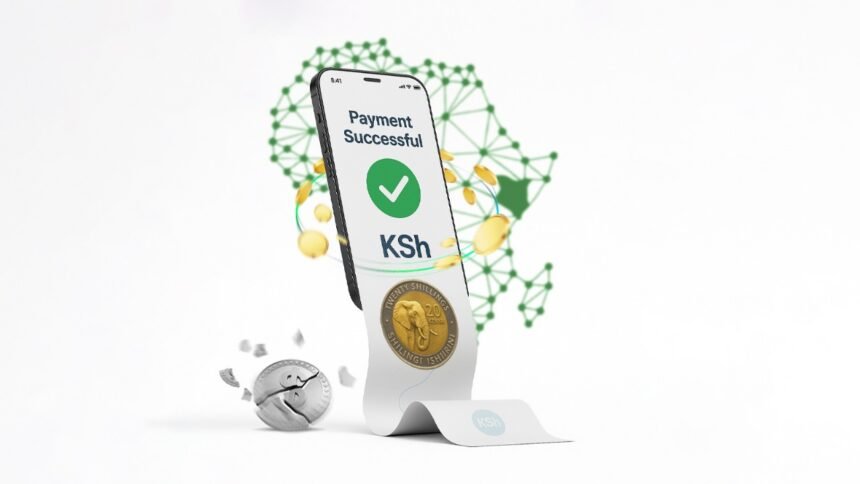In a move that could redefine trade across the African continent, the Common Market for Eastern and Southern Africa (COMESA) has launched a groundbreaking digital payments system aimed at making cross-border transactions faster, cheaper, and less dependent on the U.S. dollar. The initiative, quietly years in the making, marks a pivotal moment for Africa’s regional economies as they seek greater financial independence and integration in an increasingly multipolar world.
For decades, African traders moving goods from Zambia to Kenya or from Uganda to Egypt have had to wrestle with complex currency conversions, delays in international settlements, and high transaction fees that eat away at already slim profit margins. A shipment of maize from Malawi to Tanzania might sound simple in theory, but in practice it can involve multiple banking intermediaries, compliance hurdles, and dollar-denominated payments that slow everything to a crawl. COMESA’s new platform aims to change that — offering real-time settlement in local currencies, digital verification, and what officials call “a single African wallet.”
The goal is ambitious: to knit together a market of nearly 600 million people and a combined GDP exceeding $900 billion. For small and medium-sized enterprises which make up 80 percent of businesses in COMESA member states the digital leap could be transformative. “This isn’t just about payments,” said Chileshe Kapwepwe, COMESA’s Secretary-General, at the launch in Lusaka. “It’s about freeing African trade from the bottlenecks that have held us hostage to outdated systems and external currencies.”
The system’s backbone relies on blockchain-based technology and an interoperable framework that connects national payment systems across the bloc. By enabling direct currency conversion between member countries, it reduces the need for settlements through New York or London. In plain terms: if a Kenyan company buys copper from Zambia, it can pay directly in shillings, while the seller receives kwacha — instantly and securely.
The geopolitical undertone is unmistakable. The move comes at a time when African leaders are increasingly vocal about rethinking their financial dependencies. The African Continental Free Trade Area (AfCFTA), launched in 2021, provided the legal foundation for freer intra-African trade, but it lacked the financial infrastructure to make that trade fluid. COMESA’s system fills that gap and sends a clear signal that the continent is ready to rewrite the rules of its own commerce.
Still, not everyone is convinced. Analysts caution that the real test lies in implementation. “Digital infrastructure is only as strong as the weakest network,” noted economist Francis Moyo of the University of Pretoria. “Power cuts, cyber vulnerabilities, and policy inconsistencies could undermine adoption.” Others warn that entrenched interests in banking sectors long accustomed to the lucrative business of currency conversion may resist the shift.
Yet the momentum seems irreversible. The African Development Bank (AfDB) has already hailed the project as “a continental prototype” for future expansion under the AfCFTA. The private sector, too, is taking notice: fintech firms from Lagos to Nairobi are exploring integration, while logistics companies anticipate smoother settlement cycles that could cut cross-border transaction times from weeks to minutes.
The timing couldn’t be better. Global economic volatility, including the strong dollar and tightening liquidity, has strained many African economies. As the cost of servicing dollar-denominated debt rises, the incentive to trade in local currencies becomes both practical and political. The new system thus aligns with a growing chorus of voices from BRICS partners to pan-African policymakers calling for financial sovereignty.
There’s also a cultural shift underway. Younger African entrepreneurs, digital natives who’ve built businesses through mobile money platforms like M-Pesa, see COMESA’s move not as a bureaucratic reform but as an inevitable evolution. “We already trade digitally,” said 29-year-old Malawian exporter Joyce Banda. “This just makes it official and continental.”
For once, Africa isn’t following global trends it’s setting one. If successful, the COMESA system could become a model for the rest of the continent, from ECOWAS in West Africa to the Maghreb Union in the north. It could also attract new investment from non-Western partners eager to engage Africa on its own financial terms, from China’s yuan-based trade networks to Gulf sovereign funds expanding southward.
In the long run, the digital leap could be more than an economic convenience; it could redefine Africa’s political agency. By liberating its trade from the dollar’s gravitational pull, the continent is quietly asserting a new form of sovereignty one that flows not from speeches or summits, but from software and shared economic infrastructure.
As the first transactions ripple through the system, a quiet sense of pride spreads across the bloc. Africa, long lectured about modernization, might just be showing the world what it actually looks like.










